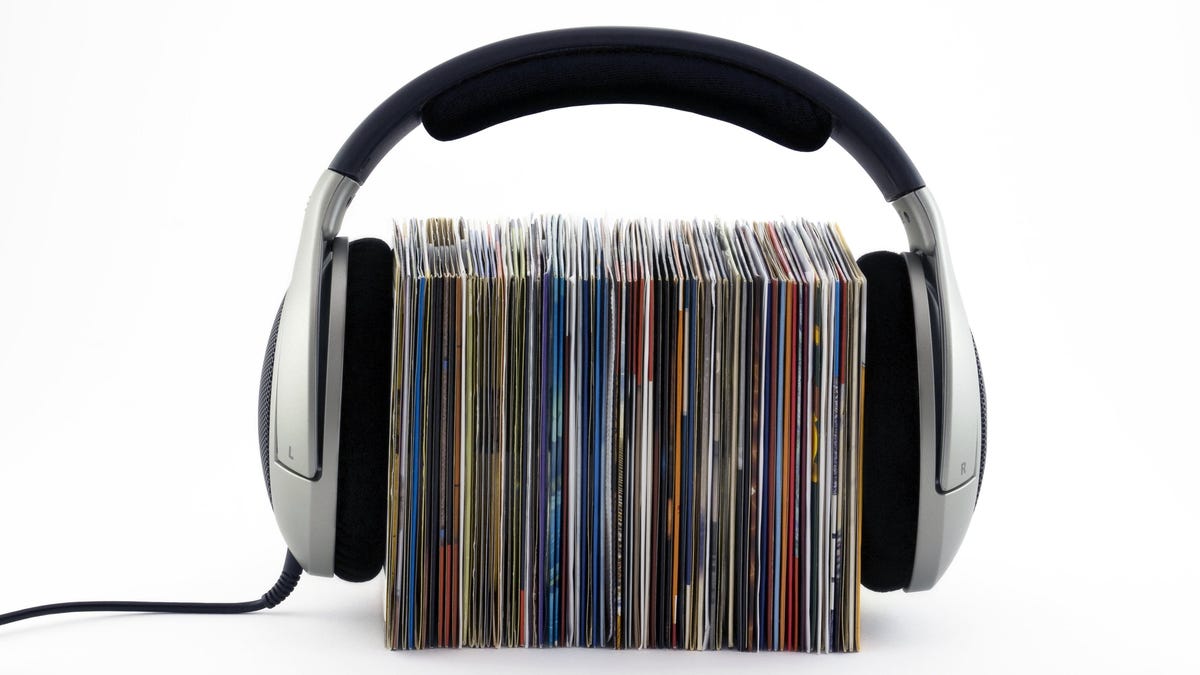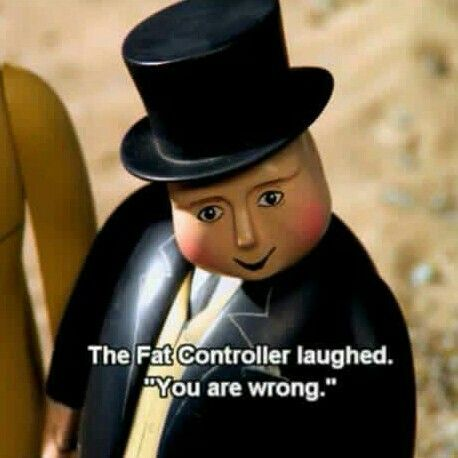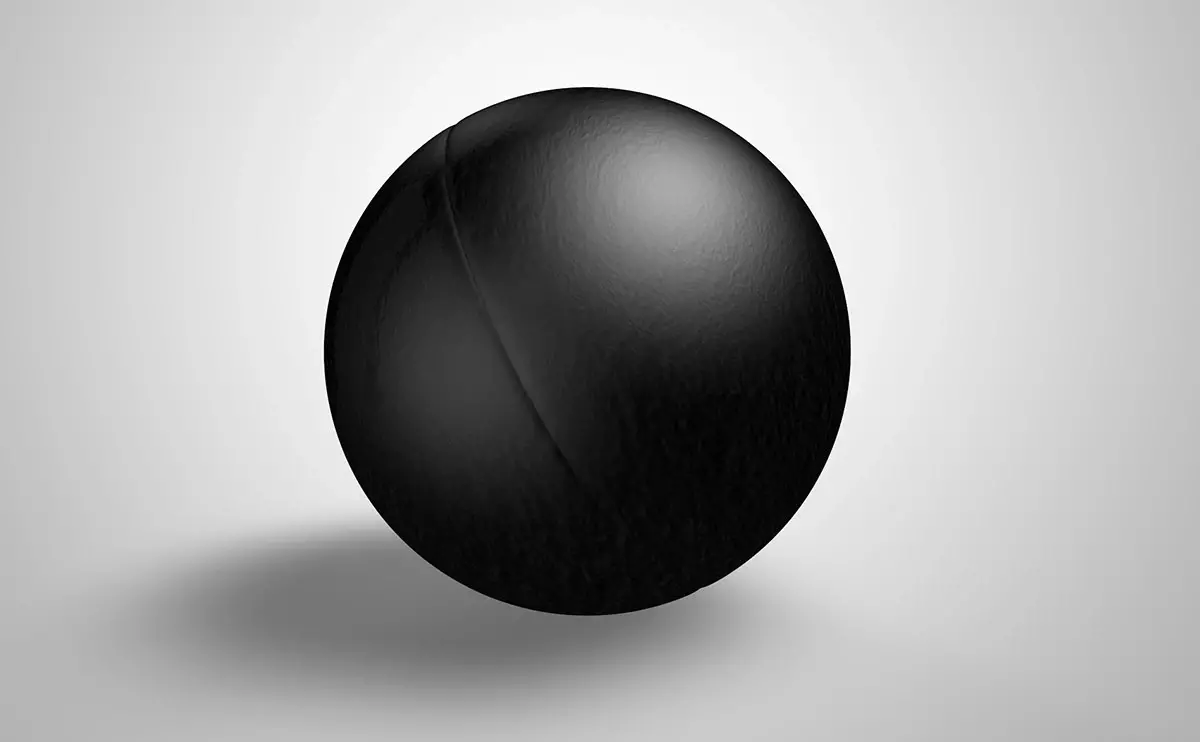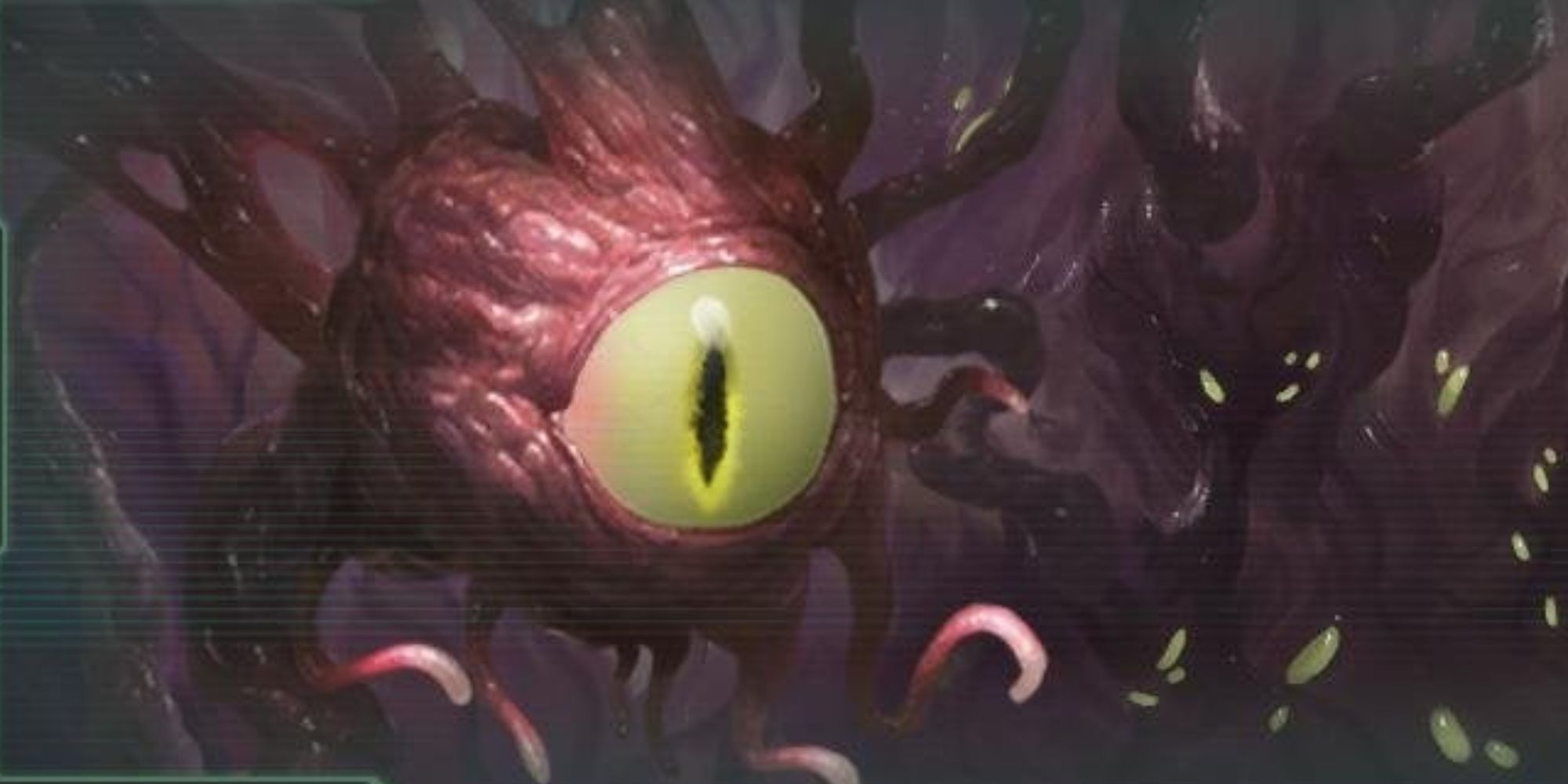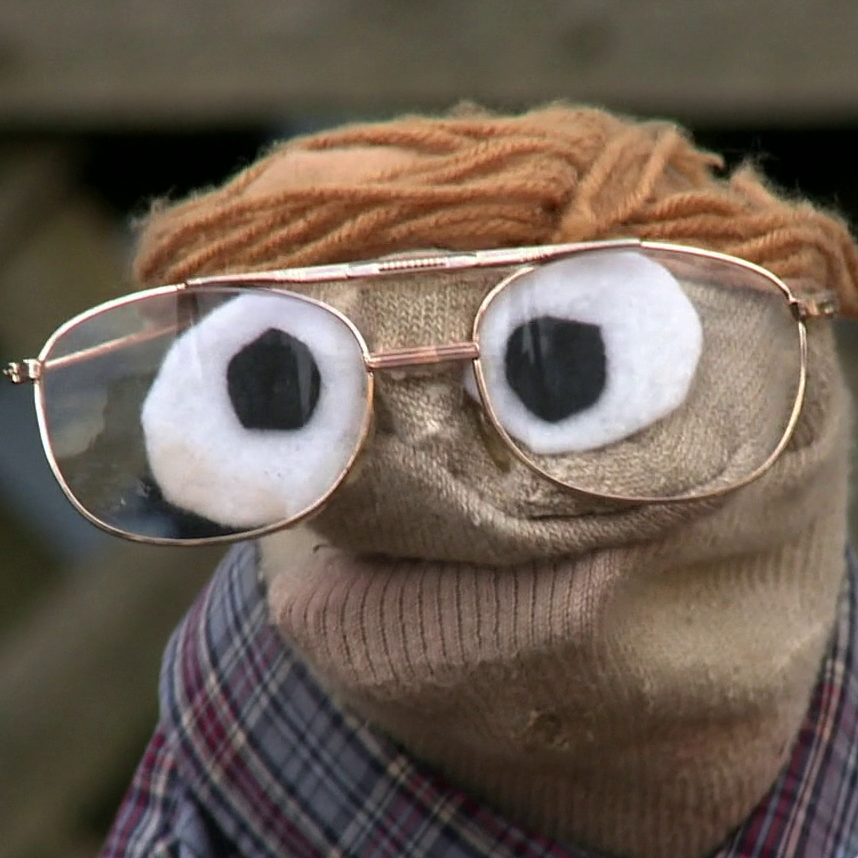"Muso, a research firm that studies piracy, concluded that the high prices of streaming services like Spotify and Apple Music are pushing people back towards illegal downloads. Spotify raised its prices by one dollar last year to $10.99 a month, the same price as Apple Music. Instead of coughing up $132 a year, more consumers are using websites that rip audio straight out of YouTube videos, and convert them into downloadable MP3 or .wav files.
Roughly 40% of the music piracy Muso tracked was from these “YouTube-to-MP3” sites. The original YouTube-to-MP3 site died from a record label lawsuit, but other copycats do the same thing. A simple Google search yields dozens of blue links to these sites, and they’re, by far, the largest form of audio piracy on the internet."
The problem isn’t price. People just don’t want to pay for a bad experience. What Apple Music and Spotify have in common is that their software is bloated with useless shit and endlessly annoying user-hostile design. Plus Steve Jobs himself said it back in 2007: “people want to own their music.” Having it, organizing it, curating it is half the fun. Not fun is pressing play one day and finding a big chunk of your carefully constructed playlist is “no longer in your library.” Screw that.
If y’all got kids, don’t forget to teach them how MP3’s and actual media files work, I see many young people nowadays don’t even realize you can locally store your own music in a portable device-agnostic format. They’re beginning to get used to the idea of not owning anything.
Indeed! I introduced my kids to this through the example of our in-house Plex server, and it worked really well.
First they “get it” because Plex works like the streaming services they’re used to and they think “oh neat mom can do that too.”
Then they like it more because I show them how its streaming we can control ourselves - streaming home movies and pics really impresses this upon them.
And then they see that there’s no magic to where the content comes from – it’s a digital file on Plex just as it is on Netflix.
Voila. Free thinkers for life.
First you’re gonna have to teach them how file systems work since they’ve spent a life saving everything to Google Drive or OneDrive and using a search term to find their files.
I’m continually astonished how I thought grunt-work IT jobs would fade away as my generation and younger aged into the workforce becoming ever more technologically literate. Then the iPhone my rich friends bought in highschool became the new standard for interfaces.
Now I’m helping people several years younger and much older than me navigate the machines they use for their jobs.
Thats the exact reason I just donated my old pc to my sisters kids as a “practice computer”, encouraging them to go rummaging around.
What woke me up was all these 20-somethings in our uni having trouble using computers. Damn, how can you get through our secondary education in our country and not know how to use a normal Windows pc?
I’m convinced primary education as a system is engineered to teach you how to be a patriotic, service-consuming, rentable employee first and foremost. (Humans As A Service?) Secondary education just levels that up so you require more expensive proprietary tool licenses for the potential privilege of doing more complicated jobs. (Funny how all the critical-thinking specialties are derided for not making tons and tons of money.)
Thank God for the good teachers that inspired us in spite of all the odds against us (and them).
It also blows my mind how much schools and universities are struggling for funding, but take the bait and use hyper-proprietary black-box commercial software for everything from OSs to coursework. Professors outside of CompSci will be shocked and confused to see a student using Linux, and courses love to use stupid niche features of Microsoft Office so your LibreOffice work won’t be good enough.
That brief, magical moment in time of about 2 decades in the “home computer revolution” of the 70s, 80s, and 90s, where you had to be an actual geek to be able to effectively use a computer are gone. That’s how we all got trained. By being forced to learn if we wanted to do anything. Now, it’s one-button instant gratification.
The eternal September.
Partially yeah, but atleast Google Drive and Onedrive still have folders to sort and share more than one file, which sometimes gets the kids to actually use those features.
What also killed the basic understanding of PCs, is the way in which everything is now done “in-Browser”. No longer do you need to open Word to edit a document, nor do you need to open Photoshop. It’s all done in the browser, and if you want to simply “save” a document, well, just don’t close the tab and you’re golden.
I remember my kids crying the first time they lost their school assignments using Microsoft Office at home. They’d only ever used Google docs and no one taught them to save. They also had no idea what the save icon is or represented (floppy disk).
> my kids
> no one taught them
That was kind of your job m8
just don’t close the tab
My RAM is screaming.
Just download more.
you wouldn’t download a RAM
This makes me sad. I had so much fun growing up learning about compression and encoding, ripping, tagging, spectral analysis. Listening to 24/96 vinyl FLACs on my parents old stereo with my pinky up. Hanging out with a bunch of 40-year olds on IRC. Good times, man
Hanging out with a bunch of 40-year olds on IRC.
Heh, now we’re the 40-olds on IRC.
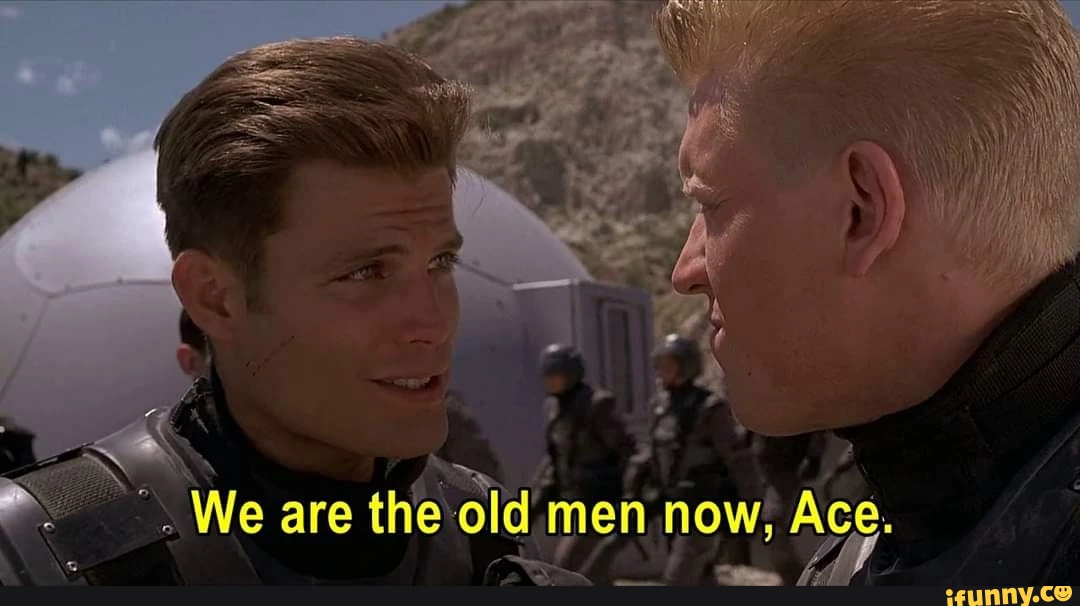
I am Gen Z, and my whole social life is on IRC. So weird to be around so many people who were online since before my parents even had a computer…
No worries. They’ll reinvent the wheel eventually.
No, they’ll think the corporate dystopia they’ve grown up into is normal. They don’t know that corporations tried and failed to stop people from owning and using VCRs. They think it’s their duty to sit and watch ads from their favorite creators like passive cows.
This is a pretty bleak outlook on the intelligence of kids
It’s an outlook developed by watching the peers I grew up around and the things that they accepted and didn’t question because it was just “normal” by the time they were children.
For example, a lot of kids in my generation grew up with Cable Television, but by the time I was a kid, cable had lost it’s initial “we’re better than broadcast because we don’t have ads” and people just accepted the ads. Most people never knew there was a “time before” when there weren’t any ads, and because of their lack of knowledge of it ever being any different, they never had reason to question why cable television needed ads now when previously it had not.
Once things become a societal “norm,” the people who grow up around that norm tend not to question it simply because they have never known anything else. It’s not meant to be an indictment on the youth as much as the obvious “you can’t know what you don’t know.” If they don’t ever know it was ever any different, how can they expected to do anything but accept how things are? Especially when the adults around them don’t kick up a fuss and keep paying for Netflix when they keep getting screwed. They are learning that this is normal behavior and that it’s normal to get screwed by a company and just keep paying for it.
Wait, did the pitch for cable TV at one point really include that there were no ads?
Yes, it could be argued it was the pitch, much like Netflix originally was. It’s actually kind of wild how the streaming services are literally following the same path as cable television.
Here’s a New York Times article from 1981 about it:
https://www.nytimes.com/1981/07/26/arts/will-cable-tv-be-invaded-by-commercials.html
Although cable television was never conceived of as television without commercial interruption, there has been a widespread impression - among the public, at least -that cable would be supported largely by viewers’ monthly subscription fees. These days, however, as cables are laid across the country and new programs constantly pop up to fill the gaping maw, cable experts are talking as glibly about the potential advertising revenues as they are about opportunities for programming.
‘‘The floodgates for advertising on cable are down,’’ says Michael Dann, a leading consultant on cable television. Indeed, even pay television, once assumed to be secure from commercial interests, is attracting some attention as a potential vehicle for advertising. Admittedly, such leading pay cable services as Home Box Office and Showtime, whose programming consists primarily of theatrically released films, staunchly maintain that they will never accept advertising.
Also, I’ll just point out that people in here not knowing about this literally proves my point that if the changeover happened before you were born/early in your childhood, you’ll just accept the change as “the norm” because you never knew anything different and had no reasons to question it. It’s not about the intelligence of any generation of kids, it’s just an inherent part of not knowing what happened before you were born, which is something every human experiences. It takes dedicated effort to find out that “the norm” isn’t “the norm,” for anyone. Also, on the flip, we’re not particularly special for figuring out “the norm” isn’t “the norm.”
Wow, I had no idea. I didn’t even really know that cable was at one time the fancy premium version of TV.
One thing I think we can say though is that a big part of why Netflix was disruptive was the promise of watching uninterrupted-- No ads. So even though folks thought “of course cable has ads, that’s the norm,” they also flocked to services that provided ad-free alternatives.
I’m always surprised when I see someone just sit through a YouTube ad or something, instead of beating their chest and screaming “WHERE uBLOCK? HOW ADS?” which alarms the neighbors but they’re used to it at this point (which is what I do)… But it’s encouraging that people still voted with their feet by dropping cable as soon as a less extractive experience emerged. It gives me hope that the endgame of enshittification is irrelevance.
Have you ever seen cable TV abbreviated “CATV?” That’s because the original original pitch for it was as “Community Antenna TV,” wherein it would receive local over-the-air broadcasts and then send them over a wire to folks who couldn’t receive them properly because they lived behind a mountain or whatever.
The second pitch was getting original content on cable-only channels, but because your subscription was helping pay to license it (unlike the over-the-air channels, which they – at least initially – got for free), they would be ad-free.
Of course, nowadays cable companies have been made to pay retransmission fees to broadcast TV networks and cable-only channels are showing ads too, so both content sources are double-dipping revenue streams.
(Side note: that link is to a site trying to sell some kind of service, so ignore the last part of the page – the explanations at the beginning of it are quite good, though.)
Wow TIL. The double-dipping is pretty sketchy, but not at all surprising. It seems hubristic for Netflix to court the same concepts… I guess cable/network TV probably thought they were untouchable so they could squeeze the consumer, then Netflix happens… Now Netflix thinks it’s untouchable and it can squeeze the consumer. Hmm, seems familiar.
Look, it’s on it’s last legs, but Bandcamp and Bandcamp Fridays still exist.
Reasonable cost, money goes directly to the artist, and you get high quality FLACs with no DRM to keep permanently.
I pirate a lot, but I also spend a lot of money at Bandcamp trying to get money directly in the hands of the artists I enjoy.
I have a slightly different suggestion.
Inflation is crap and the first thing to go are subscriptions that raise their prices when people are already hurting. If you want retention, keep your prices locked when users are having bad times and you’re raking in record profits.
I think curation is great too, but I also think age plays a lot into individual views. A bunch of the younger guys at work were saying how they didn’t want playlists and they didn’t want to listen to an album, they just wanted to hit a button that knew their tastes musically and would give them a mix of familiar likes and new discoveries. The proceeded to describe a radio station to me, sans commercials. They were hot on all the music streaming and though I was crazy for wanting to spend time sorting through music.
Looking at a Spotify by age graph, the boomers dig it (because it’s easy?), Gen-Z and the Younger Millennials dig it, Gen X has less than half the uptake of the other groups.
We were mixing our own tapes in our tweens and teens. We wired ourselves to find music, copy it and play it in the specific order we want.
or at least that’s my story and I’m sticking to it.
A radio station is a small selection of music curated by an individual and meant for the masses.
Modern music streaming has dynamically curated music from a nearly infinite source, it’s really not the same.
Spotify tried to shove Doja Cat at me the other day. I have never ever EVER listened to anything that would even remotely suggest I would like Doja Cat. It may be infinite but there is still someone behind the scenes pushing particular songs and artists.
If you don’t like the artist, then block them. It’s not that hard. I blocked Travis Scott after he got those people killed at his concert and I haven’t seen a single thing with him since.
One of the main reasons I still pay for Spotify is because it is very cheap in my country, specially when splitting a family plan. However I noticed that the user experience has gone downhill over the past years.
I remember when I could seamlessly switch playback devices, from my car to my phone, to my computer and them a Chromecast almost instantaneously. Now I’m lucky if my devices recognise each other even if they are on the same network.
And if you have a poor internet connection, the app is near unusable because it tries yo grab online content first before checking whatever is downloaded. Time and time again I have to put my phone on aeroplane mode just for the main menu to load, it is so frustrating and this didn’t happen some 5-6 years ago
I got caught in a crazy loop of Spotify resetting my password once a week. they offered no help except telling me my 40 char generated password was not secure enough. so I cancelled and deleted the account. the seas are a much more friendly place.
I’m paying for a family plan, for my family and two friends. The day this plan goes away, or they actively prevent sharing like this, I’m done paying for music. All alternative services are considerably more expensive, and also have a much more limited library. My favorite artists get less than pennies on a dollar from this anyway. No wonder they have to sell 85$ hoodies at concerts
Bandcamp ftw
I fucking love my selfhosted flac collection! 250gb and growing
I don’t want to run a server for selfhosting, so I just have my library (about 300GB of mostly OPUS files) On my pc and on a 512GB microSD card in my phone.
I use Foobar2000 on PC and Poweramp on Android.
There’s no need to run a server if you can do the same locally.
Server is useful when you have a lot of devices with limited memory, or want to take advantage of some specific functionality server software may offer.
Yeah sometimes with this self hosting stuff, it’s like wow it organizes my music, lets me play it, makes it available to other devices… so does my operating system.
OPUS files
Ah yes, a man of culture
Wow, this is my exact setup. Except I have auxio exclusively for audiobooks to keep them away from my random shuffle.
The problem isn’t price. People just don’t want to pay for a bad experience.
It’s all about the price for me cause I live in a 3rd world country. Even if their service improves, I will not hesitate for a second to pirate stuff. I’ll just use the money i save to pay the internet bill instead of availing a monthly sub
I was going to say that this is where I disagreed with the OP. It is 100% about price and has absolutely nothing to do with bloat or hostile design. As I wouldn’t consider Spotify’s design or Apple Music’s design choice bad. If anything they are popular because of their design choice.
If people cared about bloat they wouldn’t be on Facebook, Instagram, or TikTok. The rest of the consuming world lives in a pretty concerning place financially. Anyone who thinks it has to do with the design of the apps is either missing the point and not looking at the rest of the shit going on in the world or blatantly wants to believe Apple bad and FOSS good and I have found that to be a part of what I call the Lemmy mentality.
Paying for spotify, was google music before. Current “experience” is bad, I hate pop-ups to try to upsell me something I don’t want or features I don’t care. It happens too much and I’m considering switching to self host.
I wish we had Google Play Music again. It really was an excellent app and had flawless suggestions for me I always enjoyed, and truly the most intuitive mixes. Google is evil of course, but honestly one of the best features was the listing of bands playing near you in the upcoming weeks, I went to so many shows because I’d try their music via the GPM suggestions.
I listen to the Henry Rollins show on KCRW to try to get into new music but despite my appreciation of him I find his music tastes repetitive. How many weeks in a row can I listen to the Jesus and Mary Chain?
I never liked suggestions/radios on any streaming platform - GPM, Apple, Deezer, Spotify, they’re all shit.
I use streaming platforms solely for checking out new music that picked my interest on sites like RYM, albumoftheyear, anydecentmusic, Quietus, Picthfork, etc. If I like what I hear, I acquire it either on Bandcamp or on Soulseek and into Plex it goes.
Have you used Jamendo radios?
No, I don’t think so. Should I? I have a vague memory about seeing Jamendo in Rhythmbox when it shipped in Ubuntu by default. It was a long time ago, I didn’t even know it was still a thing.
It still works. No famous groups in there but it works.
The fun part is, before it was Google play music it was another service by another company that I can’t even remember now. Google bought it, then fiddled with it for a few years before shit canning it.
I miss the original app, it was wonderful for just throwing music on based on your mood.
I think what you’re describing is Songza and it was great as a service. 8Tracks has been pretty decent as well.
Never left, baby! Although ripping from YouTube should be a last resort. And even then, use a proper tool like Yt-dlp.
I wanna know what is so different from my experience with Spotify. Because as far as enshittification goes, it hasn’t really changed since I first began using it almost a decade ago aside from the price going up a little last year. I mean, I constantly see people saying it has ads even with premium but I have not once ever heard a single ad for anything, even for Spotify’s own services on the platform, that was put there by Spotify and not simply already in a podcast that would be there from any source of listening to said podcast.
Maybe it’s because most of the artists I like are fuckin dead so their shit never gets removed 🤷🏻♂️
Spotify was OK back when I used it after Google Music died. YouTube Music’s algorithm sucked so I used Spotify for about a year. Then I installed Plex for movies and TV but also found it was also great at streaming music. PlexAmp gives me access to a good suggestion algorithm. I made the decision to give them my $$ instead. Now with lidarr+scripts I can have any music I want with almost zero effort. Plus, as the OP said, I get the fun little side hobby of music curation.
I’m curious about where you find your music. When I looked into an indexer for music ~3 years ago, it was slim pickings. I recently found that there a method to download from Spotify, but haven’t had a chance to try it out
Not sure if you mean find recommendations of new stuff to listen to, or the download source? Recommendations from Last.fm Download source is currently Deezer. Lidarr+ scripts has a bit of a learning curve https://github.com/RandomNinjaAtk/arr-scripts
Man piracy is so complex nowadays with this script and Plex stuff, all I know is downloading .flac of albums from rutracker haha no docker container home server required
Agreed. I’m a frequent sailor of the high seas with TV and movies but I actually pay for a Spotify family plan because it’s so convenient and I love the features they have like being able to use my phone app to cast music to any available nearby source or having a party and allowing multiple people to input songs to a shared playlist. I do encounter frequent bugs with all their updates but that hasn’t risen above the level of mild annoyance yet.
Pirating music is such a pain in the ass these days since there is no standard naming conventions like with TV and movies and there can be multiple sources for the same song (single, album, compilation album, web rip, etc) so even tools like Lidarr don’t make it easy and most public/private torrent trackers are pretty sparse when it comes to music outside of the most mainstream of mainstream albums.
Are there standard naming conventions for movies and TV? Where?
Don’t use shady sites. Use yt-dlp.
but yt audio quality is terrible.
but yt audio quality is terrible.
So are the bluetooth speakers and ear buds that most people use to listen to music these days.
fair point.
- typed on a vacuum tube keyboard
deleted by creator
It’s very fine unless you decide you just must and have to convert that audio to MP3 (the audio loses quality with every lossy compression), because you are an old boomer and other formats scare you even though almost all modern device can play OPUS or at least M4A or you are one of those people who call themselves “Audiophiles” to feel more special, but wouldn’t recognize a shit if I played OPUS 192kbps on their 2000$ home audio setup instead of the 24 bit uncompressed FLAC that has over 30MB in size each. I have most of my library from YT Music which is ~128kbps OPUS and it has been transparent on all audio devices I have played it till now.
Look, we all have bad days, but there’s no need to be so aggressive to random people online. Everyone’s hearing is different. Some people are more sensitive to certain sounds than others. I tried youtube, spotify and tidal. And youtube is the audio quality I disliked the most. Just for clarification. I’m not a boomer, I’m a millenial, I work in computer science so I enjoy testing new formats. I have tried everything from atrac (sony) to DSD, I don’t have a $2000 home audio setup but I have a couple of decent pairs of cans, with mid-range DAC and amps. And I have tested multiple audio formats at different levels of compression and bitrate to find what I like the most. To me 128kbps feels like listening to the radio over the phone. If that’s enough for you, then great, more power to you. No need to be disrespectful.
I am sorry. I went to a little rant, but I meant it rather funny even though I realize it feels aggressive 🤣. I am just enthusiastic about this topic even though I don’t know that much.


